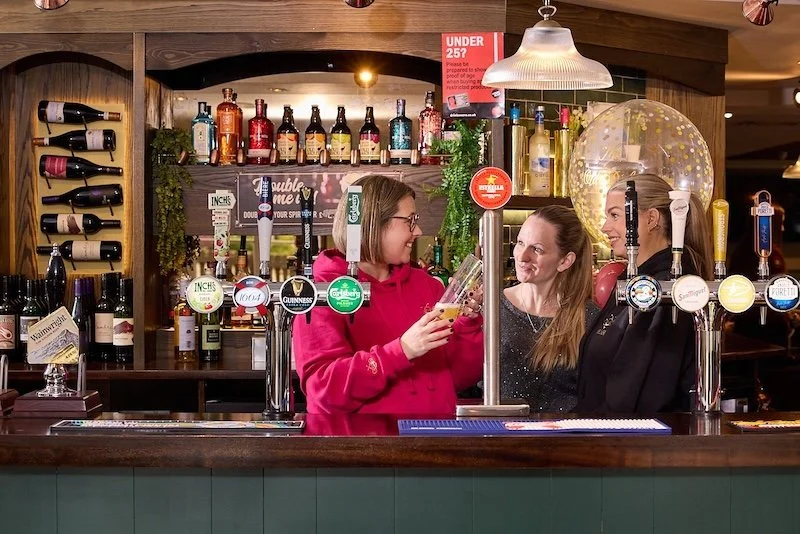Comment: Deliveroo losses, Getir woes, the rapid food and grocery delivery space and the unclear path to profitability
Deliveroo recently said that it recorded positive earnings before interest, taxes, depreciation, and amortisation (EBITDA) last year, citing strong demand for takeaways and lower costs.
The company reported adjusted EBITDA of £85 million, up from a loss of £45 million in 2022. Its overall adjusted EBITDA margin increased to 1.2% from -0.7%
Sales increased three per cent, and the gross transaction value per order rose 6% to £24.3. Overall, the company’s loss for the period was £32 million, compared to £262 million last year.
Will She, Founder and CEO at Deliveroo, said: “This is great progress, but it is still early days for us in capturing the full range of opportunities we have ahead.”
“We have always been focused on developing the best hyperlocal CVP for consumers, which drives profitable consumer engagement.”
“We truly believe the key to unlocking growth in the industry is through building consumer trust, and we can do this through price integrity and building a flawless delivery experience.”
“I am very confident we will generate strong, sustainable free cash flow and accelerate GTV growth.”
“Since I started this company 11 years ago, I have never been more confident in our strategy and the team we have to deliver it. Our strategy for the coming years combines levers to drive and capture growth, with levers to increase profit.”
Whilst there are some positive takeaways from the financial results, they do also rather beg the question: will rapid food/grocery delivery brands ever become truly profitable?
If a big hitter like Deliveroo is struggling with this, and at a time when fellow big hitter Getir is said to be in make or break restricting talks, what hope for everyone else?

Quick commerce and the hyperlocal delivery model are undeniably interesting parts of the retail landscape, with the likes of Getir, Just Eat and Deliveroo tapping into on-demand consumer behaviours.
At the same time, however, driver and food costs for each delivery are only going in one direction. For example, drivers have been striking of late, demanding higher pay.
Surely, therefore, the only thing left to focus on is the margin of food and grocery businesses, many of whom are struggling themselves amid a cost-of-living crisis.
‘The worst business model ever created’
During the Covid-19 outbreak, many people started ordering groceries and food online because of lockdown restrictions. And rapid delivery options became hugely popular, particularly in urban areas.
The likes of Getir, Gorillas, Flink, Zapp were hailed by industry observers and investors as representing a brave new world for grocery and food deliveries.
Several eyewatering funding rounds duly followed, with companies burning through cash, all while insisting that profitability was just around the corner.
But then Covid-19 restrictions disappeared and, big surprise, people started to venture out of their houses again, jumping at the chance to socialise in pubs, bars, restaurants, cinemas etc.
Throw in the aforementioned cost-of-living crisis and, well, you can guess the rest. It's pretty tough out there for on demand grocery and food delivery services, with the path to profitability unclear.
In fact, some argue that it’s impossible.
Last year, in an interview with RTIH, Brittain Ladd, a supply chain consultant and former Amazon executive, said: “I’ve stated from the beginning that rapid delivery is the worst business model ever created.”
“It’s the only business model that I know of where it’s guaranteed that the model can’t be profitable. I must also point out that since consumers didn’t embrace ten-minute grocery delivery from couriers on bikes and scooters, I don’t believe consumers will embrace rapid delivery by drones.”
“I will also state that when it comes to rapid grocery delivery, grocery retailers have the option of offering accelerated delivery similar to Tesco’s Whoosh service, but they should make sure to charge a delivery fee and focus on 30-minute to one-hour and not 15-minute delivery.”
Let us know your thoughts on this particular retail model in the comments section below.






























Continue reading…